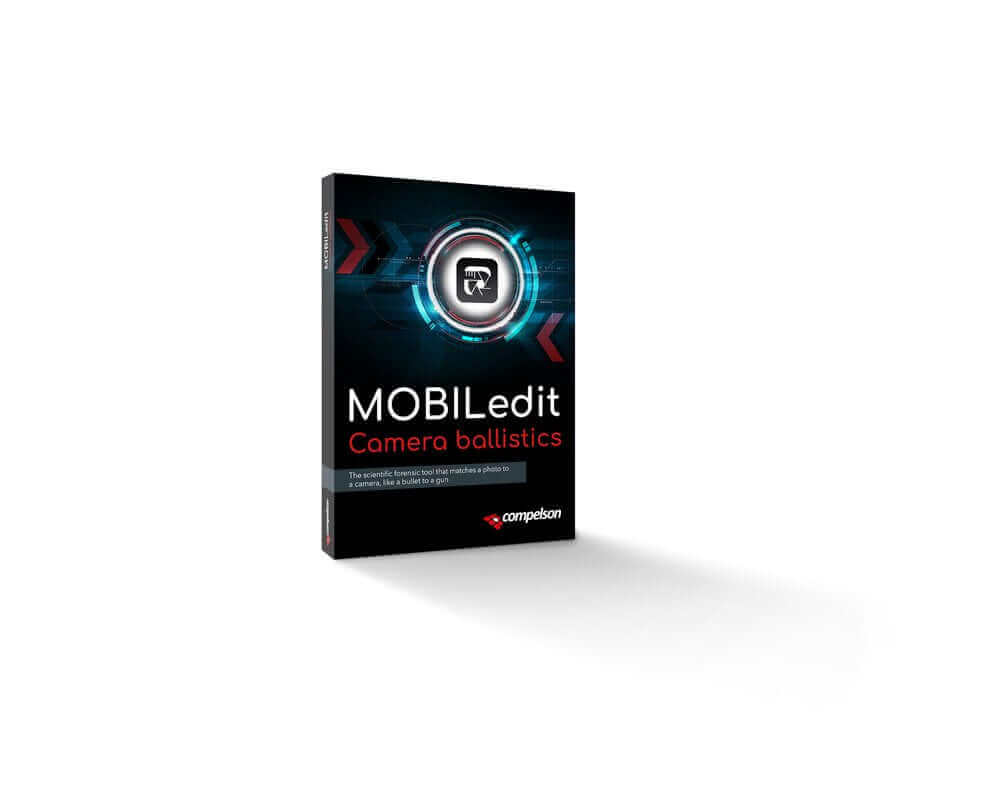
MobileEdit Camera Ballistics
Tax excluded. Shipping calculated at checkout
Your advantage : No customs duties and no import tax within the EU.
The hardware includes the latest version of pfSense+ (preinstalled).

Technical specifications
Here you will find the most important technical data about the product. If you have any questions, you can always contact our customer service.
Advantages of the MobileEdit Camera Ballistics